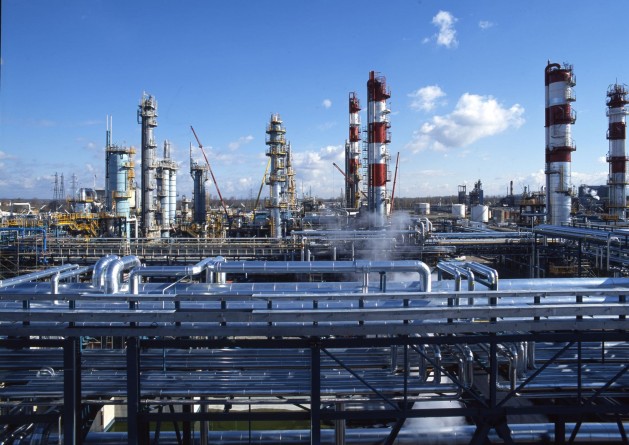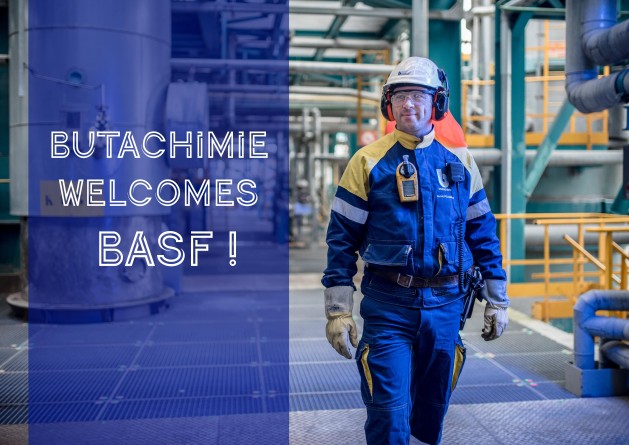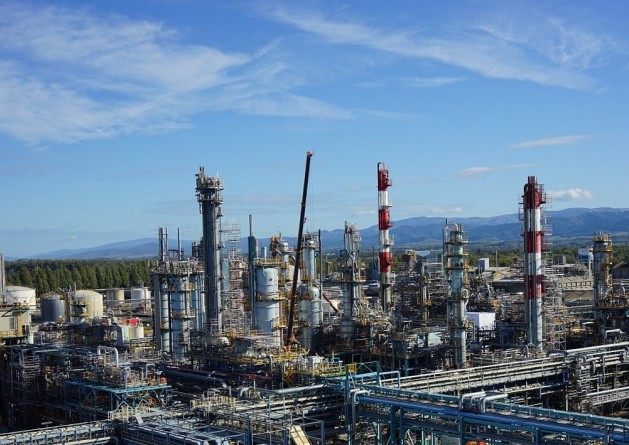Our business activity
Heat resistance, elasticity, durability: With nylon 6.6, textiles have become smarter and more comfortable; plastics have reduced the weight of vehicles, and airbags now deploy to save lives. The quality of the Adiponitrile (ADN) and Hexamethylenediamine (HMD) that we provide to our suppliers contributes to innovation, sustainability and safety.
Nylon 6.6: qualitative applications
The ADN and HMD that we manufacture are necessary intermediates for nylon 6.6, the most advanced polymer for technical plastics as well as industrial and textile fibers. Lightweight and heat-resistant, it has the dimensional stability and elasticity that facilitate the development of applications characterized by a high degree of performance, durability and comfort. Nylon 6.6 improves how automobile engines run, makes vehicles more lightweight, strengthens and softens clothing, guarantees that airbags and circuit breakers function correctly and contributes to the strength of parachutes.

Nylon, the essence of Butachimie
Nylon, invented in 1935 by Du Pont de Nemours, was the reason the American firm and the French chemical producer Rhône Poulenc got together. In 1974, the two companies created Butachimie, their joint venture on the Chalampé site, to produce Adiponitrile.
Adiponitrile:
quality and performance
Adiponitrile is a colorless liquid that looks a lot like water. It serves as a base for a multitude of applications. With 35% of global production, the Butachimie site at Chalampé is the world’s number one producer of ADN.
Hexamethylenediamine:
exploiting the potential
Hexamethylenediamine, made by adding hydrogen to Adiponitrile, has huge potential. The white solid is transformed into a particular polymer or a nylon salt which then gives us nylon 6.6 and its numerous applications.





